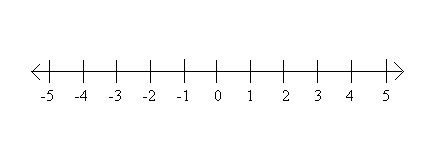As elder brother QBAP (15 yrs) delves into his O level chemistry text book, the lil ones are dappling in the kitchen to learn a little about Kitchen Chemistry. The first lesson : how substances react to one another. The three chemical changes viewed were:
1. Vinegar and baking soda: They began with vinegar (French , Vin- wine, agar-sour) Pouring vinegar onto baking soda caused a bubbling, frothing "fountain" releasing carbon dioxide into the air. Much to SBAP (7 yrs) ZBAP (5 yrs) and BBAP (2 yrs) excitement, pouring more vinegar to the solution after it stopped frothing, caused it to rise again.
 2. Vinegar and milk: Adding vinegar to boiling milk caused the curds (fat, protein) to separate. When filtering it, the children observed the liquid that remained was almost clear, and the white curds/ cottage cheese was set aside and later used to make lasagne Alhumdulillah.
2. Vinegar and milk: Adding vinegar to boiling milk caused the curds (fat, protein) to separate. When filtering it, the children observed the liquid that remained was almost clear, and the white curds/ cottage cheese was set aside and later used to make lasagne Alhumdulillah.
3. Mystery Substance: The lil' ones, then helped make a mystery substance, and had to guess what it was once done. They stirred 2 cups of flour with 1 cup of salt, then added 2 cups water and 2 tablespoons oil , finally adding 1 teaspoon cream of tartar and some food colour of their choice. Ummi then heated it on a low flame and Voila! All done. The new substance was set aside to cool ...can you guess what this was?
1. Vinegar and baking soda: They began with vinegar (French , Vin- wine, agar-sour) Pouring vinegar onto baking soda caused a bubbling, frothing "fountain" releasing carbon dioxide into the air. Much to SBAP (7 yrs) ZBAP (5 yrs) and BBAP (2 yrs) excitement, pouring more vinegar to the solution after it stopped frothing, caused it to rise again.
 2. Vinegar and milk: Adding vinegar to boiling milk caused the curds (fat, protein) to separate. When filtering it, the children observed the liquid that remained was almost clear, and the white curds/ cottage cheese was set aside and later used to make lasagne Alhumdulillah.
2. Vinegar and milk: Adding vinegar to boiling milk caused the curds (fat, protein) to separate. When filtering it, the children observed the liquid that remained was almost clear, and the white curds/ cottage cheese was set aside and later used to make lasagne Alhumdulillah. |
| Mystery Substance |





















